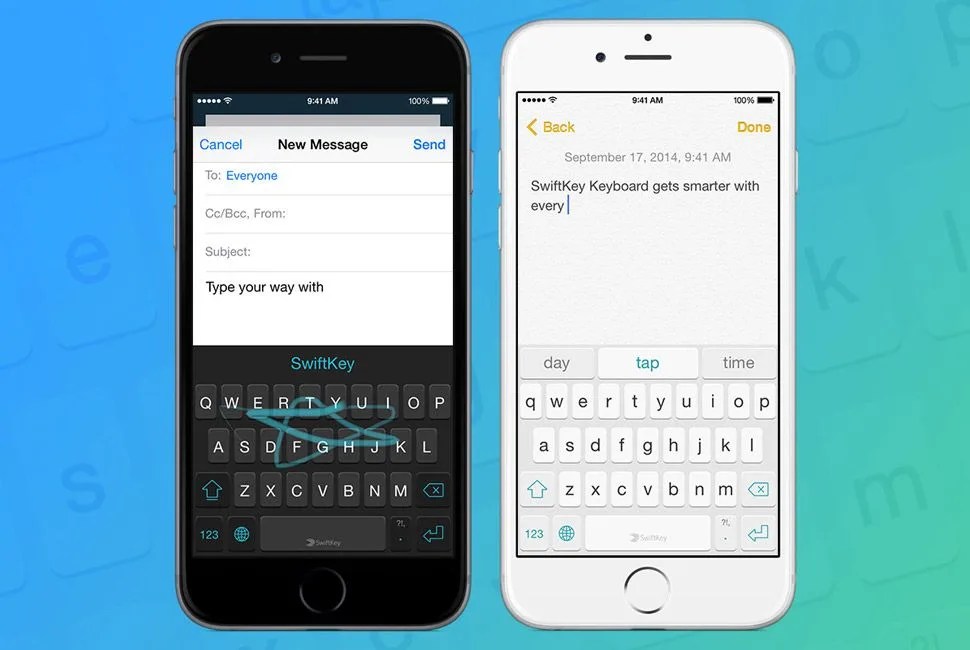☲☰CRYPTED
Editor’s Note: For most of us, the wide world of technology is a wormhole of dubious trends with a side of jargon soup. If it’s not a bombardment of startups and tech trends (minimum viable product, Big Data, billion dollar IPO!) then it’s unrelenting feature mongering (Smart Everything! Siri!). What’s a level-headed guy with a few bucks in his pocket supposed to do? We’ve got an answer, and it’s not a ⌘+Option+Esc. Welcome to Decrypted, a new weekly commentary about tech’s place in the real world. We’ll spend some weeks demystifying and others criticizing, but it’ll all be in plain english. So take off your headphones, settle in for something longer than 140 characters and prepare to wise up.
Humans have been teaching computers how to fill in the blank for decades now, though the most advanced language processing innovations have largely been kept outside of consumers’ purviews; you’ll find warehouse-sized computers that handle language processing for call centers and transcription hubs, but bringing that kind of magic to the average Joe or Jane requires a different kind of company. In 2008, a London-based startup by the name of SwiftKey emerged, and it wasn’t long before it topped Android’s Play Store with a keyboard replacement that instantly made one’s phone entirely more useful. With this month’s introduction of iOS 8, SwiftKey — along with other alternative keyboards — have made their way over to the iPhone demographic. Suddenly, taking the words right out of one’s mouth is all the rage, but what’s it to you?
What’s a Predictive Keyboard?
Thanks to the global explosion of using mobile devices to communicate, the on-screen keyboard has become a recognized object to billions of people. Apple bet boldly that avid users of Windows Mobile and BlackBerry — platforms that leaned on bantam physical keyboards — would adapt to use a virtual keyboard that popped up only when input was necessary, and adapt they did. But transitioning the infamous “hunt-and-peck” routine from one’s desktop to one’s smartphone was still a fairly poor experience.
hundreds of millions of iOS users are now being introduced to the incredible luxury of not having to input every…single…letter…to…finish…a…text…message.
Ambitious companies such as SwiftKey, Fleksy, TextExpander, Swype, and TouchPal realized that there had to be a better way. Generally speaking, smartphone users input the same phrase over and over and over again. Whether it’s “Arrived safely!” or “I love you!” or pecking out your home address for the umpteenth time, there’s an obvious opportunity to make textual input more effective and efficient. Predictive keyboards recognize what letter or letters you’re typing and then offer suggestions for completing the word just above the keyboard itself. The great ones can learn your typing habits from other places (email, Facebook updates, Twitter, etc.), and, when they recognize that you’re hammering away on a familiar refrain, suggest frequently used words so that you can complete your thought in a fraction of the time. I’ve heard some new users exclaim that it is as if these keyboards are reading their minds.
